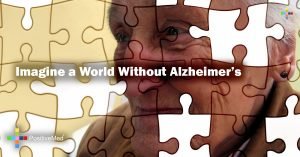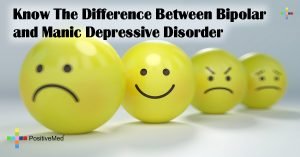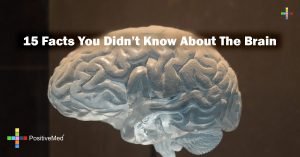
Back pain is pain felt in the back that usually originates from the muscles, nerves, bones, joints, or other structures in the spine.
Treatment for back pain depends on what kind of pain you have, and what is causing it. It may include hot or cold packs, exercise, medicines, injections, complementary and alternative treatments, and sometimes surgery.

Natural remedies for acute musculoskeletal back pain
1. Apply heat and ice: for the first 48 hours after an injury apply ice packs particularly if there is swelling, then switch to heat.
Heat for a sore back: Hay flower wraps warmed over steam, compresses with rosemary or thyme tea, warmed cherry-pit or spelt bags, heat packs, infrared light treatment.
2. Moor mud and sulfur baths: To relax tense muscles and promote circulation.
3. Natural hot spring baths.
4. Rub back with spirits of lemon balm.
5. Massage St, John’s wort oil to fight pain.
6. Hot wheat pack.
7. Therapeutic sea water bath.
8. Place a thick cushion under your legs at night so that your thighs point straight up and your knees are bent as a right angle to take strain off your spinal column.
9. Be physically active: Strengthening your muscles takes pressure off your joints and tendons. There are back-conditioning exercises designed to give your back more flexibility and support, ask for expert instruction to avoid injuries.
10. Eucalyptus or camphor may reduce inflammation
11. Meditation and relaxation techniques
12. Invest in a new mattress
13. Get adequate sleep, experts recommend at least 7-8 hours.
14. Maintain good posture.
Treatments for back pain following an injury or severe chronic pain
1. Physical therapy offers strengthening programs and education in posture, movement patterns, and lifting techniques that protect the back to avoid further injury
2. Ultrasounds
3. Moist heat application
4. Hydrotherapy pools or spas
5. Massage of painful areas may relieve pain and spasm, increase local circulation, and improve mobility
6. Transcutaneous electrical nerve stimulation (TENS) stimulate production of endorphins, or naturally occurring pain relievers, by the brain.
7. Nonsteroidal anti-inflammatory drugs (NSAIDs) may relieve pain by reducing inflammation, naproxen (Aleve) and ibuprofen (Nuprin, Motrin IB, and Advil) patients with ulcers, bleeding disorders, or other gastrointestinal conditions should avoid them.
8. Acupuncture
9. Biofeedback: By placing electrodes on the skin and connecting them to a biofeedback machine, the patient learns to modify the response to pain by controlling muscle tension, heart rate, and skin temperature.
10. To relieve severe chronic pain, spinal cord stimulation devices may be surgically implanted.
11. Medication:
• Medication varies by person and pain level.
• Aspirin or acetaminophen (Tylenol)
• Muscle relaxants (cyclobenzaprine (Flexeril) carisoprodol (Soma) and methocarbamol (Robaxin)
• Anti-depressants in low doses (amitriptyline and desipramine)
• Anti-epileptic drugs.
Source:
http://www.nlm.nih.gov/medlineplus/backpain.html
http://www.webmd.com/back-pain/america-asks-13/12-back-pain-tips
http://health.yahoo.net/galecontent/back-pain/4#treatment
Book: Natural Remedies, for Healthy Living, Readers Digest , 2011





